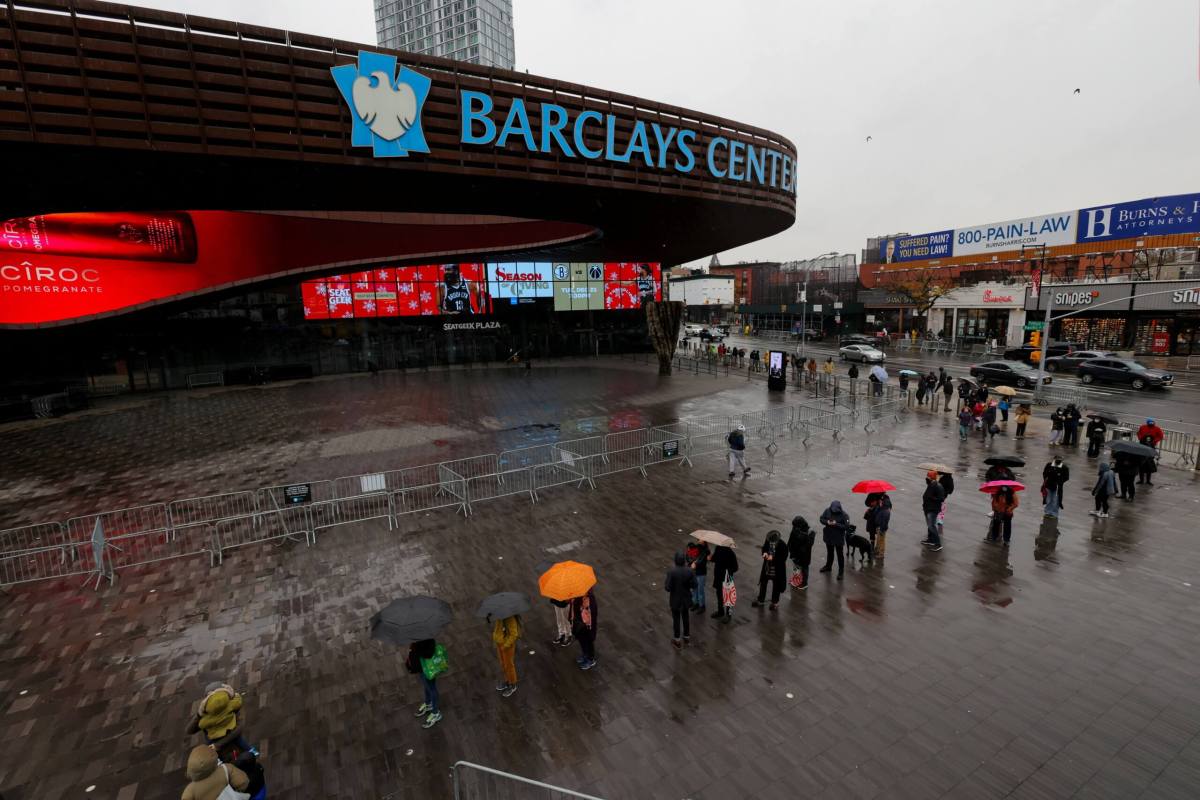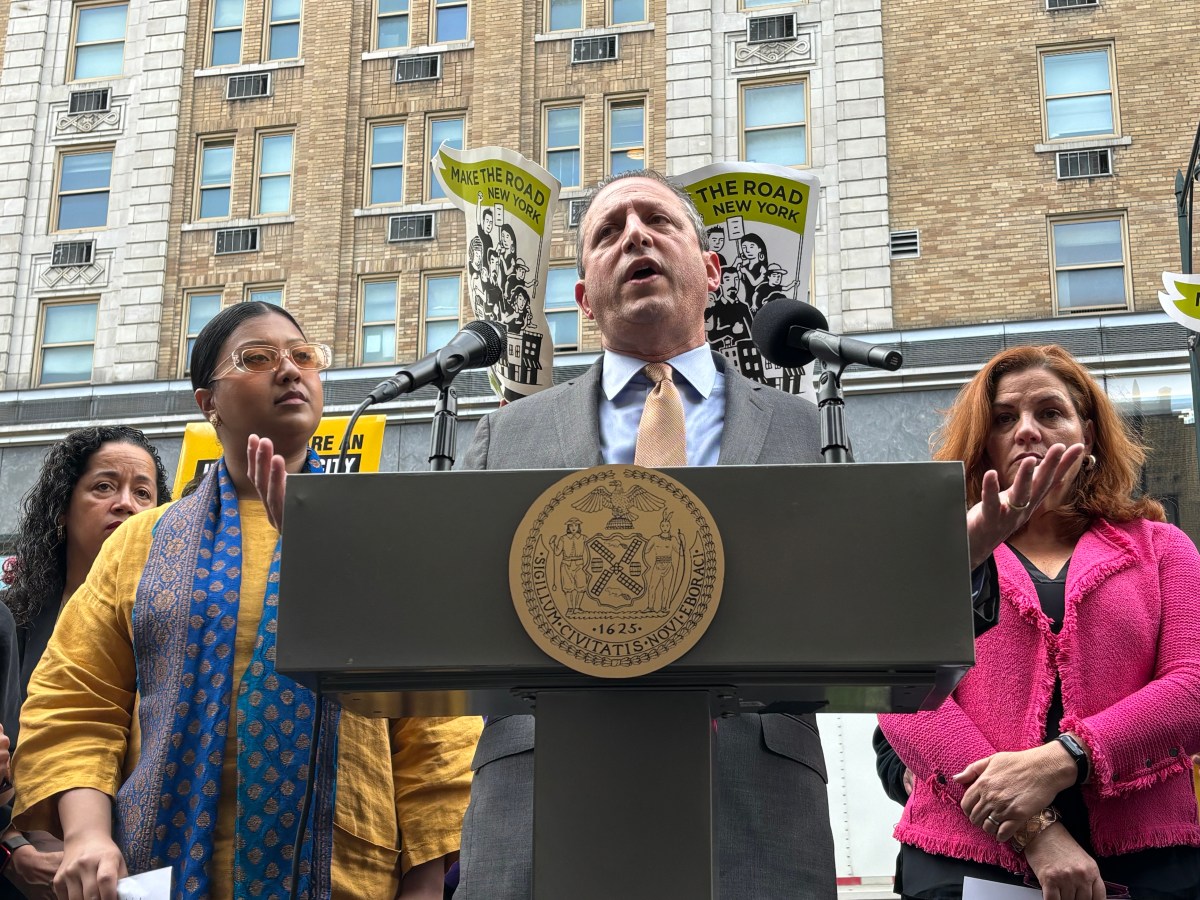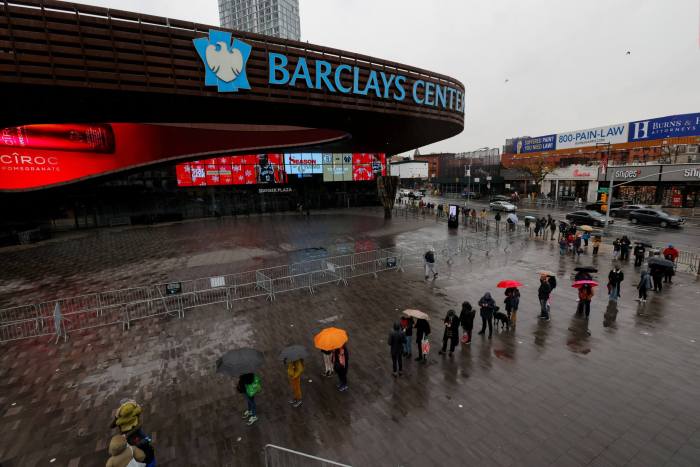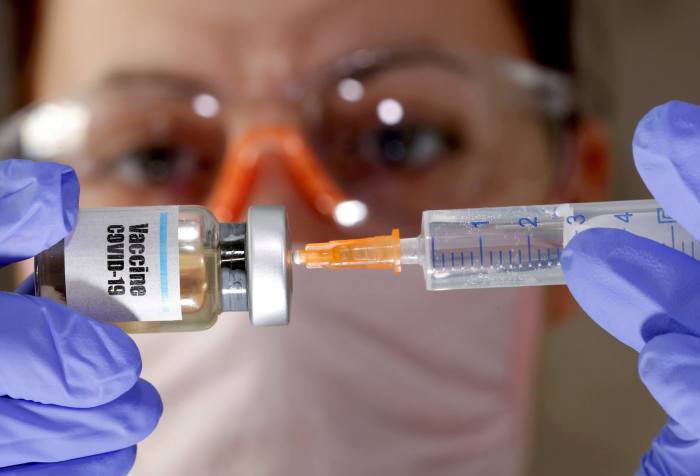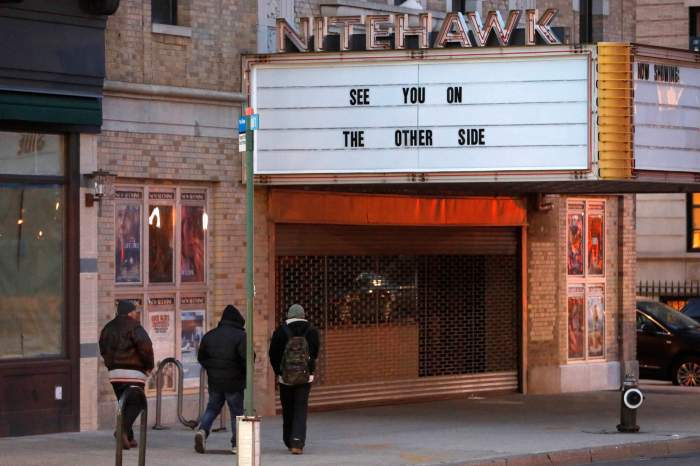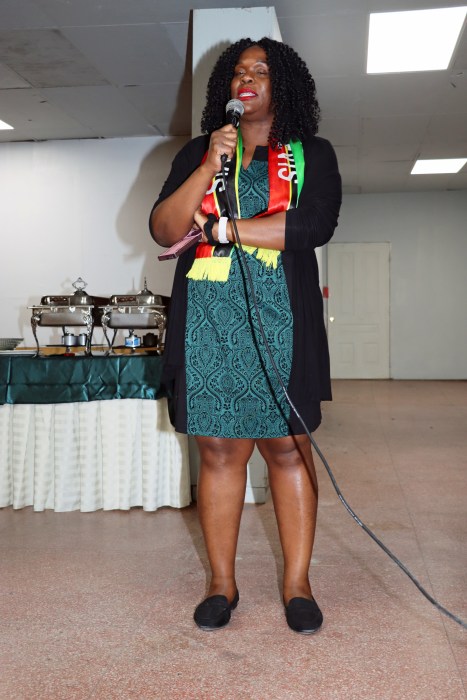Brooklyn is once again on “high alert” for community spread of COVID-19, officials announced this week, with health honchos strongly urging — but not requiring — folks to again don masks indoors.
City Health Commissioner Ashwin Vasan officially proclaimed the Big Apple on “high alert” on Tuesday, meaning there is “high community spread” of the virus in the city and “substantial pressure on the health care system,” based on a color-coded system put in place by the Adams administration in March. The city is currently on Code Orange.
In a memo, Vasan urged all New Yorkers to wear masks in indoor settings.
“All individuals, regardless of vaccination status or past COVID-19 infection, should wear a mask at all times when indoors and in a public setting, including at groceries, building lobbies, offices, stores, and other common or shared spaces where individuals may interact such as restrooms, hallways, elevators, and meeting rooms,” Vasan said in the memo. “This is particularly important in settings with people who may not be vaccinated or consistently wear masks, or where ventilation is poor.”
Despite that, Mayor Eric Adams has resisted reimplementing a formal mask mandate. On Wednesday, asked if he intended to reinstate a school mask mandate, he said “no.”
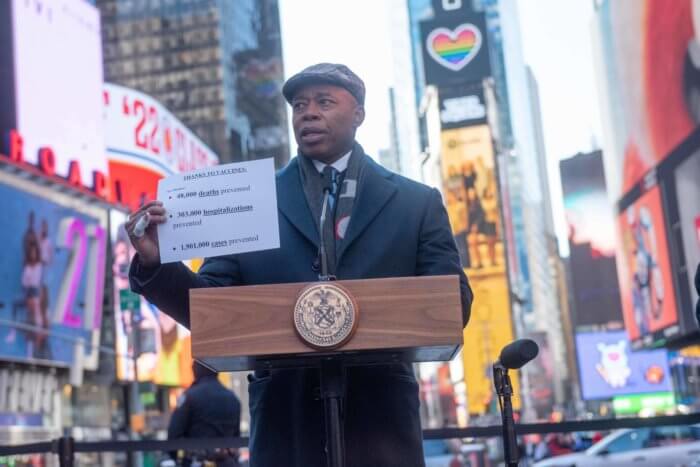
“I’m proud of what we are doing, and how we are not allowing COVID to outsmart us. We’re staying prepared and not panicking,” Adams said at a press conference at City Hall, wearing a KN95 mask. “Variants are going to continue to come. It appears as though there’s a new norm that is settling in our city, in our country. Variants are going to come. If every variant that comes, we move into shutdown thoughts, we move into panicking, we’re not going to function as a city.”
COVID transmission has been on the rise since early March, according to city data; new cases per 100,000 Brooklynites rose from 50.59 on March 1 to 293.53 on May 14. Brooklyn’s case rate as of now is lower than the citywide average of 308.51, and is below Staten Island, Manhattan, and Queens. The daily positivity rate in Kings County rose from 0.9 percent on March 1 to 8.2 percent on May 16, per state data.
About 1,352 people tested positive in Brooklyn that day, but that number is likely a considerable undercount since at-home rapid tests are now widely available and utilized, but are not reported to health authorities and don’t figure into their data. Furthermore, PCR tests are no longer fully paid for by the federal government, meaning some may choose not to get tested due to the cost barrier.
The number of new hospitalizations in the borough appears to be declining, with the weekly average in Brooklyn sitting at 15 on May 15, down from 22 on May 9 — though hospitalizations citywide are up. As of May 16, 739 Brooklynites in the hospital for COVID-19.
The rise in caseloads has been driven by “subvariants” of the Omicron variant, after the original brought the city to its knees back in December and January. Following Omicron’s rampage, city and state officials began relaxing public health measures intended to slow the spread of the virus, including vaccination and mask mandates.
The city is upping its distribution of at-home COVID tests, with Hizzoner announcing that the administration will hand out 16.5 million tests over the next month. At-home tests are being distributed through Brooklyn’s public library branches. Brooklynites can also once again order eight free at-home tests through the United States Postal Service.


